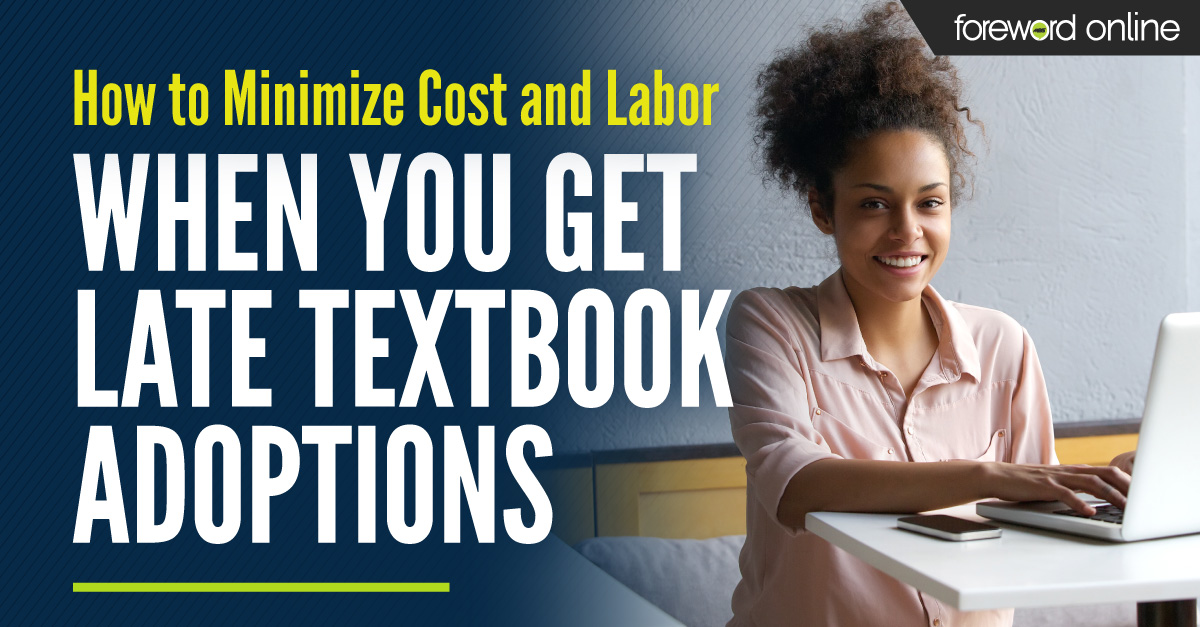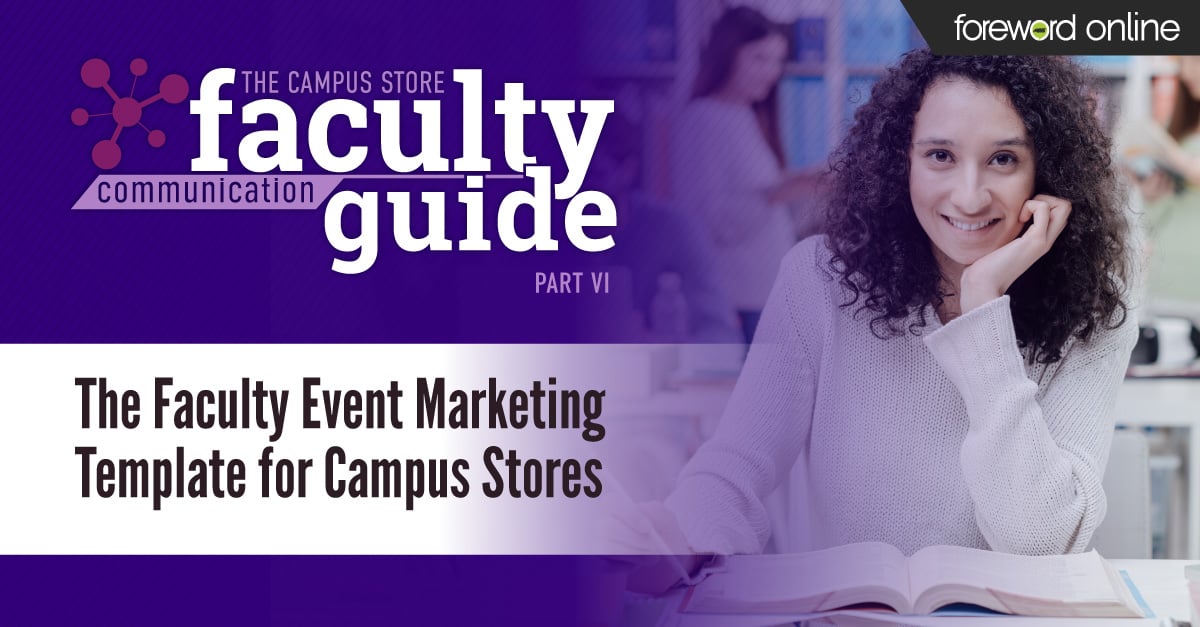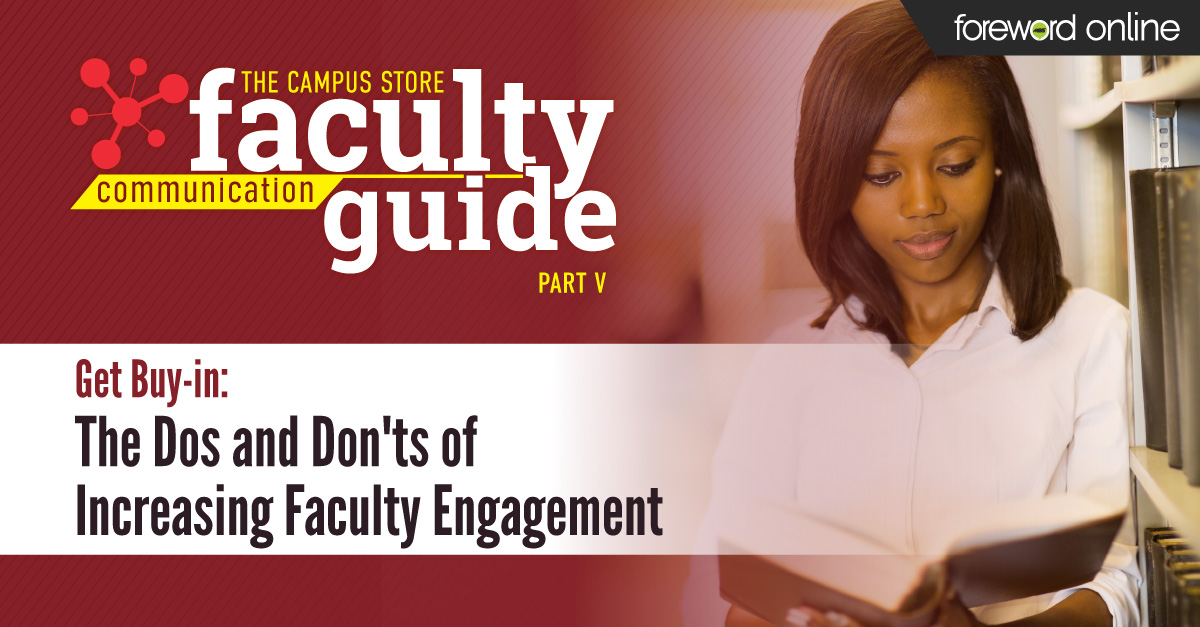The symbiotic relationship between a store and its school’s faculty is extremely important. You are reliant on one another to get things done, and in order to have all of your course materials ready for your students at the beginning of each term, you have to work together. But how faculty views the store may differ from how the store views itself, and those discrepancies could keep you from maintaining as efficient a relationship as you might like.
For example, check out these survey responses from the National Association of College Stores, who asked both faculty and campus store employees where the campus store most adds value:

As you can see from these answers, there isn’t a single common response between the two parties, although a few of the answers are similar. Perhaps most worrying in the context of the faculty-campus store relationship is the fact that while the campus store believes its ability to work with faculty on course materials is where it adds the most value, that response doesn’t even show up on the faculty response list.
This might be a blip in the radar, or it could be a sign of a disconnect between you, the store, and your school’s professors. Why faculty feels like way may vary from school to school, if that feeling is present at all, but figuring out how to address and repair the way your store works with faculty is likely to have a big payoff in the long-term.
It remains clear that faculty still think of the campus store as an indispensable resource for their students, with 81% of faculty advising students to get their course materials on-campus. But if faculty find you difficult to work with, or don’t understand precisely how they can maximize your store as a tool to help their students succeed. Otherwise, they may not be as likely to continue recommending the campus store to their students in the future.
So with that in mind, we recommend meeting with faculty members at your school whenever possible so you can both learn from one another how you can get the best out of your relationship. Identify what aspects of that relationship work, as well as what can be improved. Open and efficient lines of communication are almost universally a good idea, and it’s no exception in this scenario.




